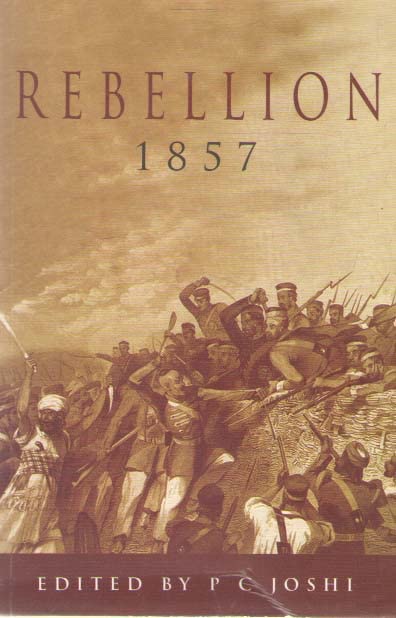
Much has been written about the Mutiny of 1857, referred to variously as the Sepoy Mutiny or the Indian Rebellion and The First War of Independence, in the years following the events and beyond. Most of the source writings are by English men and women. Many are diaries that have been reassembled and shared by kin. Some lead up to the Mutiny and then stop abruptly – the diarist killed in the ensuing violence. Because the British prevailed at the time, much of the writing that was not destroyed by fire was found and preserved. This body of work provided much of the source material for more formal books written about the Rebellion by historians and journalists, still mostly British.
The Tale of the Great Mutiny is one such book written by W.H. Fitchett, an Australian journalist, newspaper editor and later barrister. He wrote the book in 1899, with the factual eye of a barrister, in a short, snappy format. A better known book was written by John William Kaye – History of the Sepoy War in India (1864) in three volumes, which were later expanded to five volumes after revisions by George Malleson. Kaye was a British Military Historian, civil servant, and army officer. Where the two works differ is that Kaye’s book is represented as history written by a historian, and Fitchett’s book is written as a series of accounts of major events. Kaye says in his introduction that most of the material he used was private papers. He did not make use of any recorded official documents. He also states that his work includes his personal opinions such as this one, ‘Because we were too English, the great crisis arose; but it was only because we were English that…it did not utterly overwhelm us.’ Fitchett counters that, ‘not only is the mutiny without a historian, but it remains without any finally convincing analysis of its causes.’
He refers to Justin McCarthy and his book, History of our own Times (1882) where McCarthy states that the event of 1857 in India was a struggle for home rule! It was not a mutiny…it was a revolution…It was a “national and religious war,” a rising of the many races of India against the too oppressive Saxon. V.D. Savarkar was possibly the first Indian to write about the mutiny. He called it The First War of Independence and countered common British propaganda that the events of 1857 were caused by cartridges said to be lined with the fat of pork and beef. M.N. Roy and Rajani Palme Dutt looked at 1857 as a struggle between a worn out feudal system and the rise of capitalism. S.N. Sen wrote a state sponsored ‘official’ post-colonial account that was more nationalist. Ultimately, it was in 1957, at the 100th anniversary of the rebellion, that the first exhaustive, completely Indian work titled Rebellion 1857 was produced. It was edited by Puran Chand Joshi and included the text of old poems – the main means of documenting events at the time and the only Indian perspective of the rebellion available. Debate and discussion on the topic continue to this date.
Priya Hajela is author of Ladies’ Tailor (Harper Collins 2022)